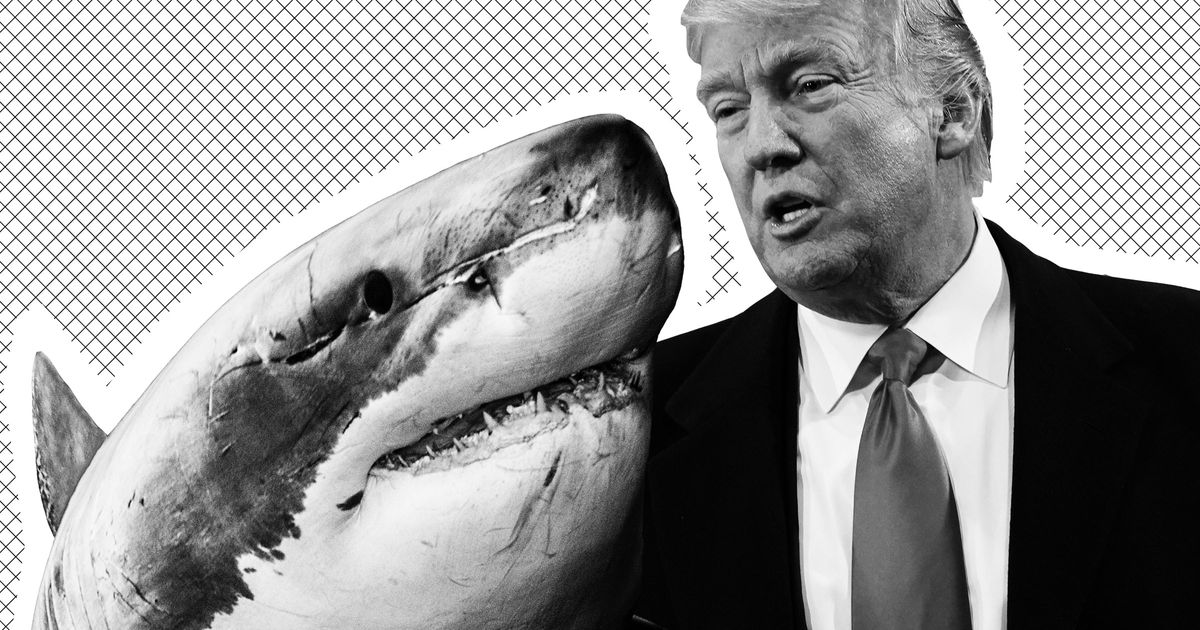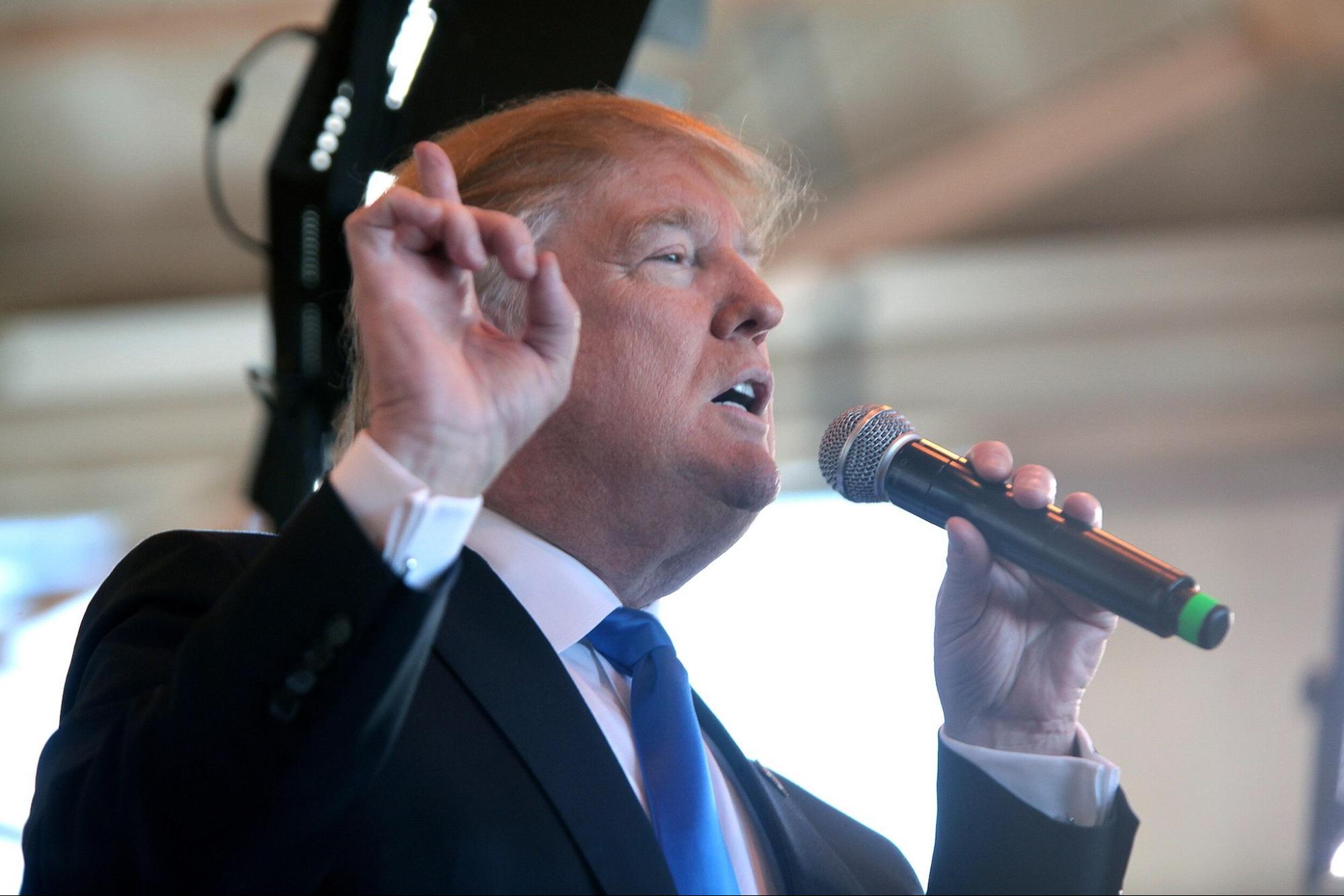The Trump Shark Controversy has sparked a heated debate about the most humane way to deal with the growing population of these dangerous predators in our waters. Some argue that using electrocution as a method of controlling the Trump Shark population is a more efficient and less risky solution than allowing them to roam freely and potentially harm innocent swimmers.
On the other hand, there are those who believe that electrocution is a cruel and inhumane method of population control, favoring instead the idea of allowing the Trump Sharks to feed naturally on their prey. Both sides present compelling arguments, with supporters of electrocution pointing to the immediate reduction in Trump Shark attacks and proponents of being eaten emphasizing the importance of respecting the natural order of the ecosystem.
Ultimately, the decision of how to address the Trump Shark issue comes down to weighing the potential consequences of each method and determining which approach aligns most closely with our values and beliefs regarding the treatment of wildlife.

The Trump Shark Story
The Trump Shark Story is a tale of controversy and intrigue that has captured the attention of the public. The story revolves around allegations that former President Donald Trump had a pet shark that he kept in a custom-built tank in the White House. According to reports, Trump allegedly acquired the shark from a private collector and had it smuggled into the country in violation of wildlife trafficking laws.
The shark, a rare and endangered species, was said to have been a gift from a foreign leader and was intended to symbolize strength and power. The existence of the shark was kept secret from the public, with only a select few insiders aware of its presence in the White House. Rumors swirled about the shark being used as a means of intimidation or as a bargaining tool in negotiations.
The Trump Shark Story has raised questions about ethics, transparency, and the lengths to which individuals in positions of power will go to assert their authority. The true extent of Trump’s involvement in the shark’s acquisition and care remains a mystery, but the story serves as a cautionary reminder of the potential abuses of power that can occur behind closed doors.

What is the Trump Shark Controversy About?
The Trump Shark controversy revolves around accusations that the former president, Donald Trump, sought to profit from the sale of sharks. In 2011, a video emerged showing Trump expressing his support for shark finning, a practice where sharks are caught, their fins are cut off, and the rest of the body is discarded back into the ocean.
This practice is widely condemned for its cruelty and its impact on shark populations. Critics argue that Trump’s stance on shark finning contradicts his image as a conservationist, as he has previously claimed to care about the environment. The controversy has sparked outrage among animal rights activists and conservationists, who argue that protecting sharks is crucial for the health of marine ecosystems.
Trump’s supporters, on the other hand, defend his right to express his opinions and argue that his comments on shark finning should not overshadow his other accomplishments. Overall, the Trump Shark controversy highlights the complex and often conflicting views on conservation, animal welfare, and political figures.
Key Events Leading to the Dilemma
In order to understand the current dilemma, it is important to consider the key events that have led to this point. One significant event was the rapid increase in population growth, which put strain on resources and infrastructure. This led to competition for limited resources, such as water and land, and created tensions between different groups.
Additionally, economic disparities and unequal distribution of wealth exacerbated social inequalities and fueled resentment among marginalized communities. Another key event was the failure of government policies to address these issues effectively, leading to widespread disillusionment and mistrust in the authorities. Furthermore, the rise of extremist ideologies and radical groups further polarized society and fueled violence and conflict.
These events culminated in a deepening crisis that has left many feeling trapped and powerless to effect meaningful change. In order to address the current dilemma, it is crucial to understand the complex interplay of these events and the underlying factors that have contributed to the current state of affairs. Only by acknowledging and addressing these root causes can meaningful progress be made towards resolving the dilemma and creating a more just and equitable society for all.

How This Case Could Influence Future Wildlife Protection Efforts
The outcome of this case could have a significant impact on future wildlife protection efforts. If the individuals responsible for harming the wildlife in this case are not held accountable, it may set a precedent for others to engage in similar activities without fear of consequences. This could lead to an increase in illegal wildlife trafficking and poaching, further endangering already vulnerable species. On the other hand, if the perpetrators are successfully prosecuted and face appropriate penalties, it could serve as a deterrent to others considering similar actions. This could help to protect wildlife populations and preserve their habitats for future generations.
Additionally, a successful prosecution could also send a message to those involved in wildlife trafficking networks that their actions will not be tolerated, potentially disrupting these criminal operations and reducing the demand for illegal wildlife products. Overall, the outcome of this case has the potential to shape the future of wildlife protection efforts by either reinforcing the importance of enforcing laws and regulations to protect wildlife or by creating a loophole that could be exploited by those seeking to exploit and harm vulnerable species. It is therefore crucial that the justice system takes a strong stance in this case to send a clear message that wildlife crimes will not be tolerated.
